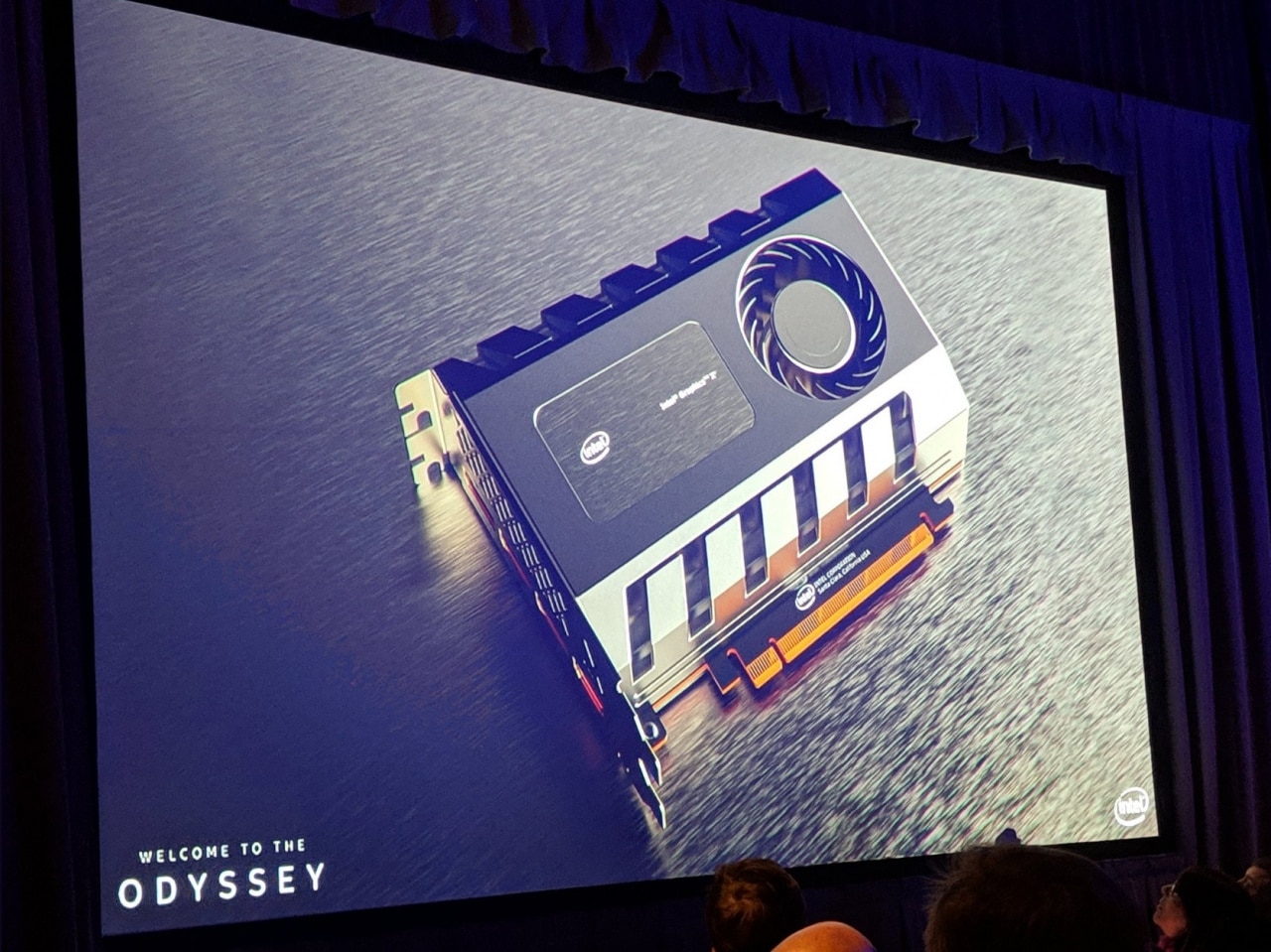If there is any trend prevailing on the graphics card front right now, it is undoubtedly supported ray tracing. The technology is in the spotlight for Nvidia’s latest graphics card family in the Geforce RTX series, and AMD’s upcoming Navi generation will also support ray tracing. Exactly what features Intel’s upcoming Xe graphics cards will support is mostly unknown, but now the company confirms support for ray tracing.
The support for the technology is revealed in a blog post where Jim Jeffers, senior engineer in rendering and visualization at Intel, writes about news in the company’s framework for graphics rendering. The blog post is written in connection with the ongoing graphics fair FMX in Germany and focuses on rendering for professional use. In passing, it is confirmed that ray tracing will be supported in the Xe graphics card family.
I’m pleased to share today that the Intel® Xe architecture roadmap for data center optimized rendering includes ray tracing hardware acceleration support for the Intel® Rendering Framework family of API’s and libraries.
It should be mentioned that the blog post focuses on advanced rendering for professional use, and is thus about Xe graphics cards for data centers and heavier workstations. The text also does not mention whether the support applies to first-generation Xe graphics cards for data centers or whether it will be added in later generations. It is clear, however, that the architecture will support hardware acceleration ray tracing.
The support for ray tracing can be seen as the promise of Intel’s decommissioned Larrabee finally being fulfilled. Larrabee was a planned graphics card architecture where the majority of x86-based processor cores together rendered graphics through software, instead of dedicated hardware features for different graphics techniques. Larrabee was scrapped in 2010.
It is also interesting that Intel not only focuses on the graphics card for acceleration of ray tracing, but will use both processor and graphics part for this. Exactly how this division will work and differ from competitors AMD and Nvidia remains to be seen.
















